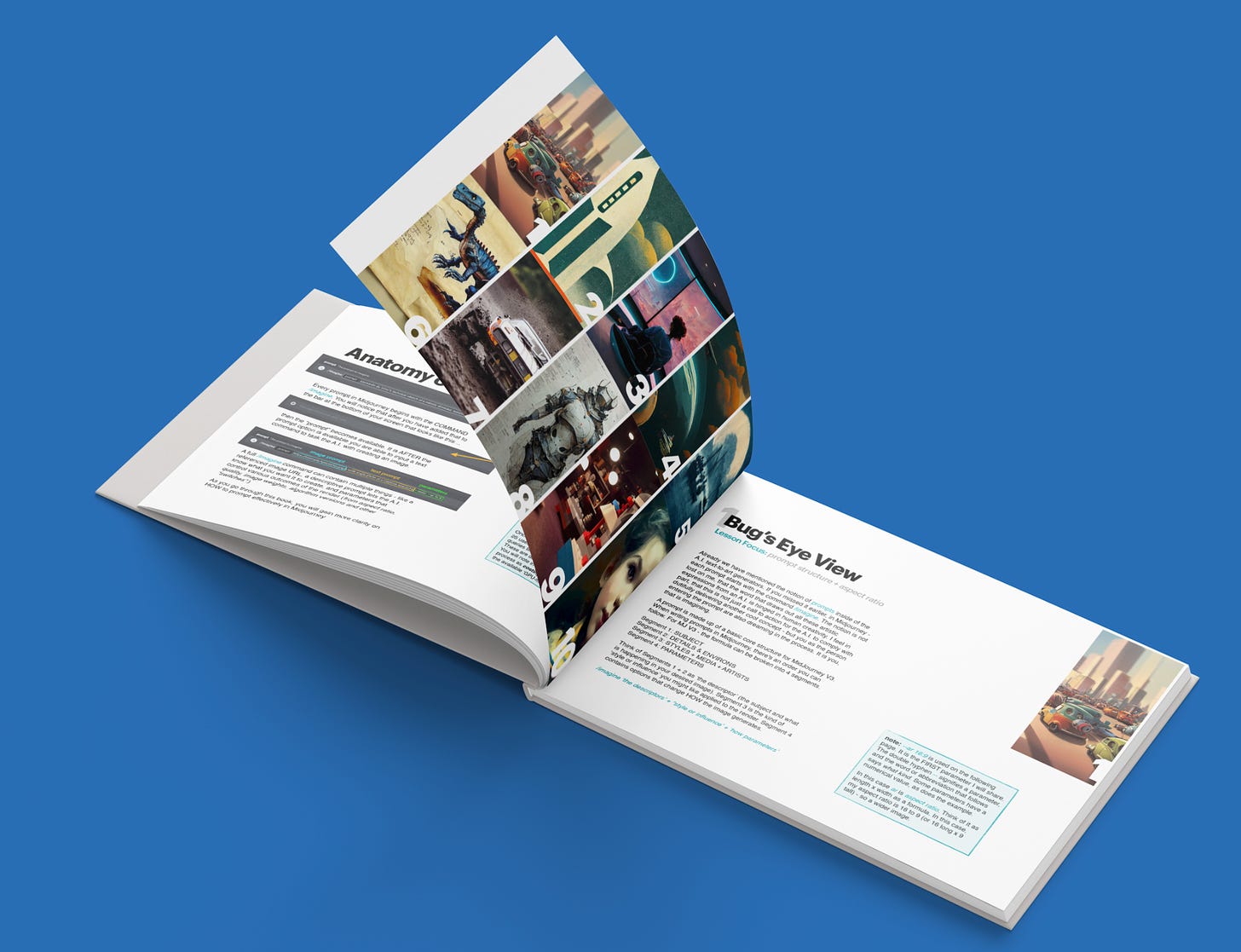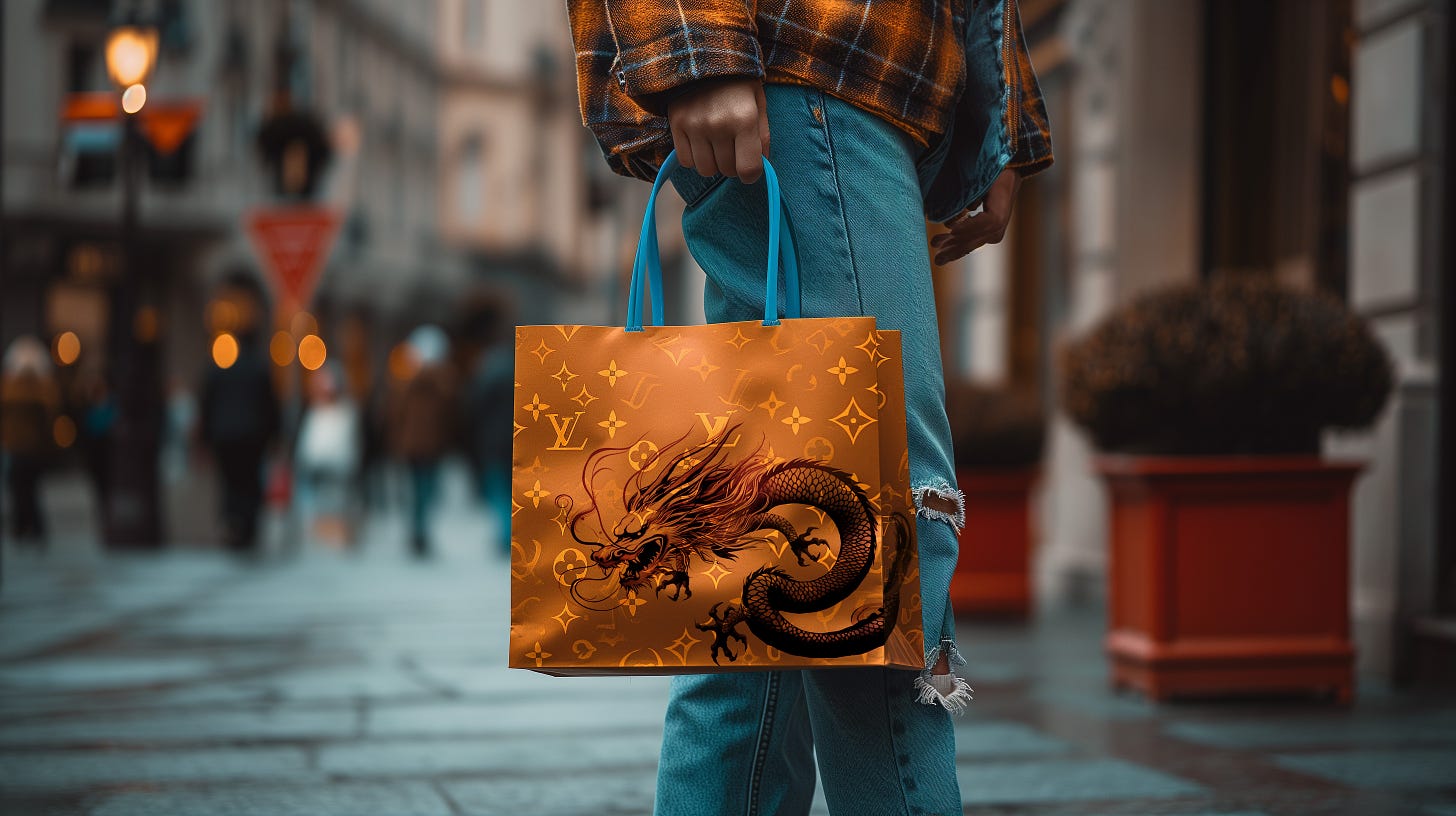Lunar New Year Packaging for Louis Vuitton using Artificial Intelligence

The design world is constantly evolving, with new tools and processes emerging at breakneck speeds. One such innovation that's created a marked buzz is the application of Generative AI in design. The transcript of a conversation with Brian Sykes, an AI master and former agency owner, and Evelio, a designer, reveals a glimpse into the transformative impact of AI on design practices. Let's dive into the key takeaways from their dialogue, unraveling the nuanced interplay between creativity, technology, and industry insights.
SUBSCRIBE TO THE YOUTUBE CHANNEL FOR MORE INSIGHTS
Key Takeaways:
-
The process of AI integration in design requires existing knowledge and understanding of creative design processes for effectiveness.
-
The transition to using AI in design involves an educational curve, teaching creatives to use AI tools alongside traditional design software like Adobe.
-
Future implications for AI in design suggest a shift towards more direct, narrative-based prompting to produce specific and compelling visual results.

The Dialogic Dance with AI: Creative Integration and Education
The conversation starts with Evelio painting a scenario: designing packaging for Louis Vuitton in the year of the dragon. Sykes responds by unfolding a meticulous approach that treats AI more as a partner than a mere tool. This dynamic conversation highlights the educational journey needed to understand and command AI's prowess in design. Sykes emphasizes the importance of dialogue and sequence in instructing AI, fostering a cooperative creation process that mimics interaction with a human designer.
"Most of the stuff that you see regarding chat GPT conversations is really bad… We want to treat this as though it's a human creative that's sitting beside us," Sykes elucidates. This method underscores not just blindly following AI suggestions, but critically engaging with its output, shaping it with the designer’s touch.
Sykes’ principle of "treating AI conversationally" resonates with the need for creatives to adapt their methods of work. It captures the essence of how designers must educate themselves to seamlessly integrate AI into their work processes. In the analytical depths of AI's possibilities, he leads us to understand that AI isn't simply about expediting creation, but about leveraging its capabilities to augment human creativity.

The AI Highway: Navigating the Rut and Revving Beyond
Sykes likens the creative process to a "dog trot," where familiarity often creates a design rut. AI, he suggests, is the tool to both break and elevate the norm. By revealing the reiterative, experimental nature of AI-guided design, he clarifies that the quantity of iterations should not undermine the quality they can eventually yield.
"The more head knowledge we have, the more impact we can have on that creative process," says Sykes. This profound insight stresses that AI doesn't diminish a designer's value but rather amplifies it through added tools and expanded creative capability.
A pivotal theme emerges: AI is not a replacement but an expansion of the designer’s toolkit, fostering deeper dives into artistry. As Sykes navigates through AI processes, it becomes evident that AI is a game-changer but requires guidance and expertise, just like any other design tool. He stresses that knowledge is the driver on the AI highway, pushing boundaries while preventing AI from steering off the creative track.
Unveiling the Future: AI's Tactile Touch on Textile
As the discussion veers towards the future implications of AI in design, Sykes delves into the possibilities of natural language prompting—a textual narrative that informs AI to produce specific visual outcomes. This advancement indicates a transition towards a more human-like understanding in AI, responsive to complex, layered instructions akin to human dialogue.
Sykes posits a future where "designers and illustrators best represent minimalistic and abstract design," hinting at the nuanced directions AI can take under creative command. In this scenario, AI doesn't just read the text—it reads into the text, reflecting the mood, style, and intent behind the words.
In recapping, the dialogue between Sykes and Evelio not only illuminates the state of AI in design today but projects a future where AI becomes a bedrock for creative exploration. It emphasizes a symbiotic relationship where AI’s advancement and human creativity are co-constitutive, mutually enhancing each other for groundbreaking visual storytelling.
As creatives embark on their own journey with AI, there's a clear consensus: AI will indeed change the design landscape, but it is the human element—the creative intelligence and emotional resonance—that will continue to define the highest forms of design excellence.







